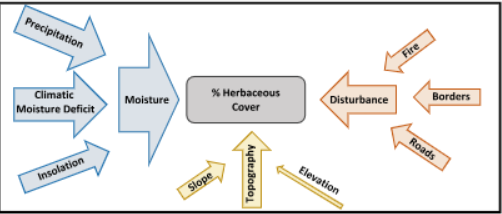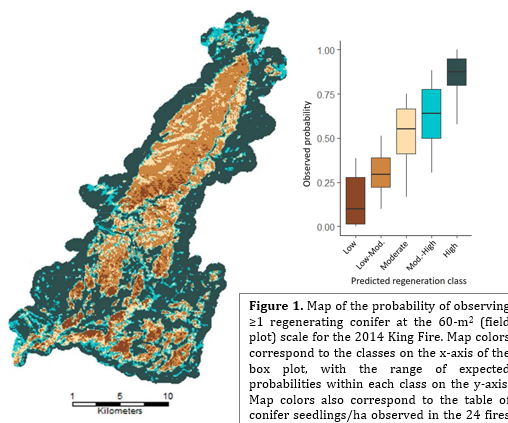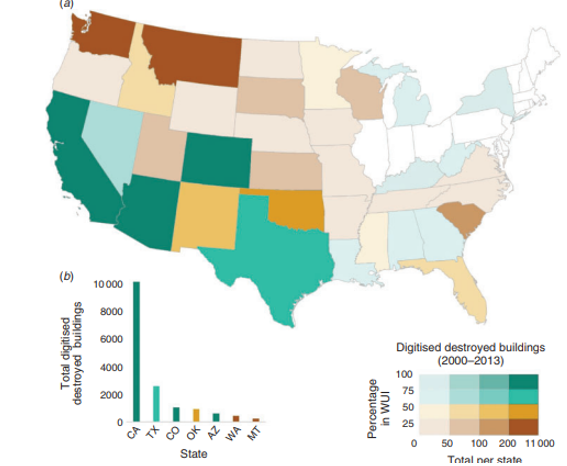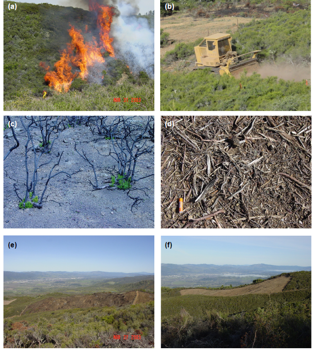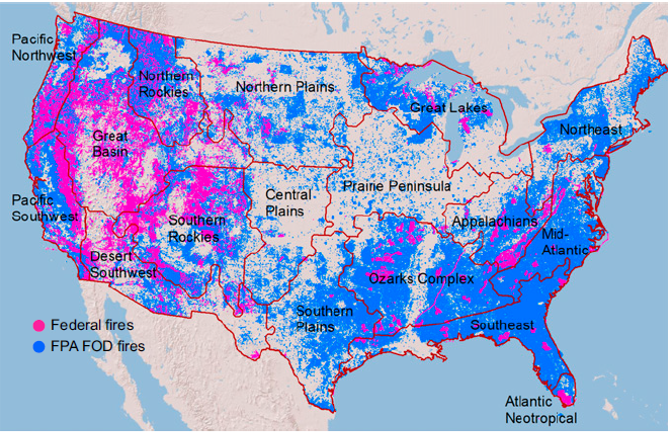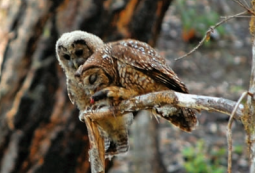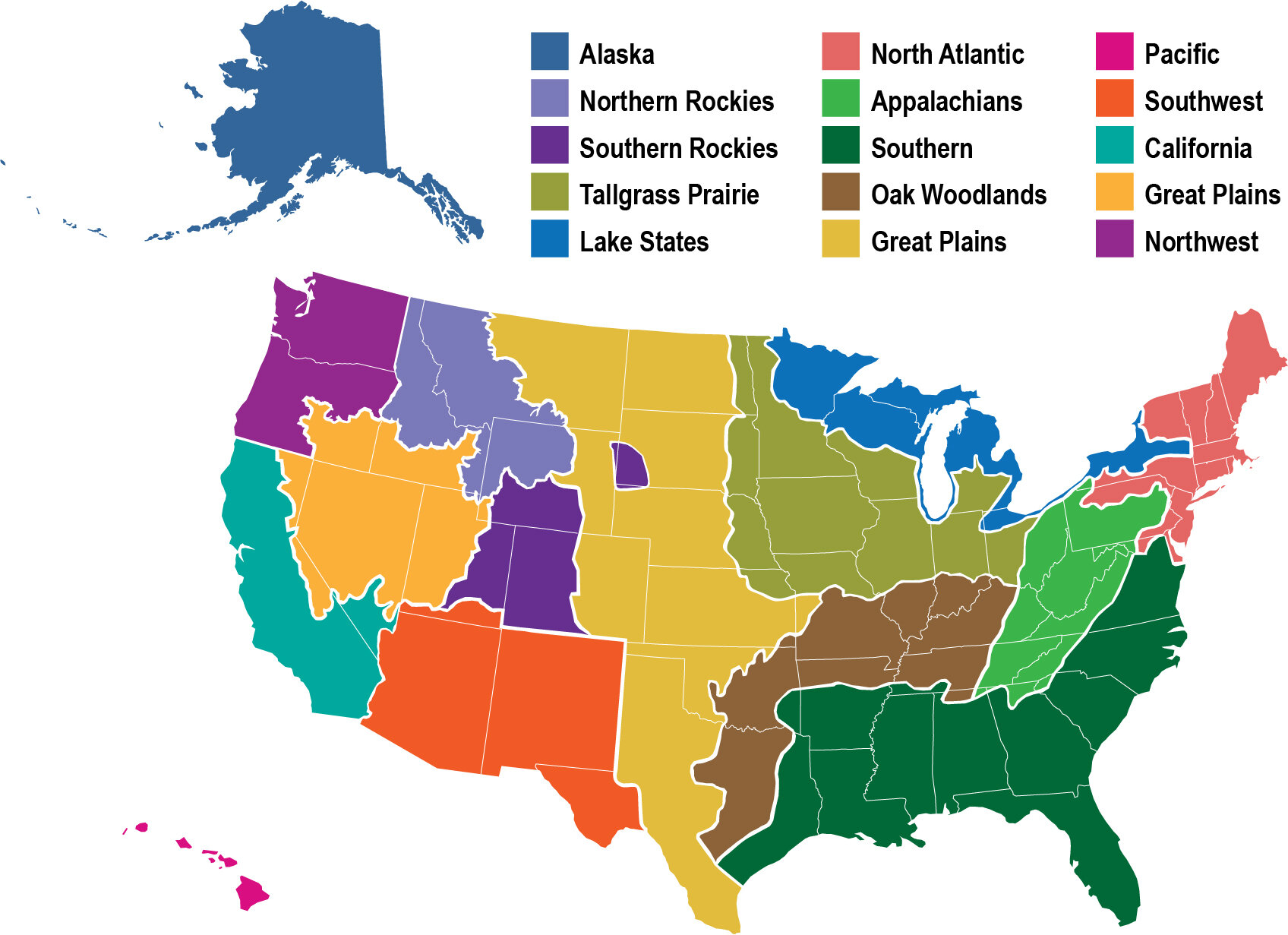Extreme Drought Causes Chaparral Type Conversion: Research Brief
/The rugged, chaparral dominated Angeles National Forest (ANF, California) is a beautiful and popular recreation destination. However, it is being damaged by a combination of overwhelming anthropogenic stressors, including climate change-induced mega-droughts, unnaturally shortened fire intervals, very poor air quality (e.g., high levels of nitrogen deposition), and the invasion of non-native groundcover plants.
Read More
